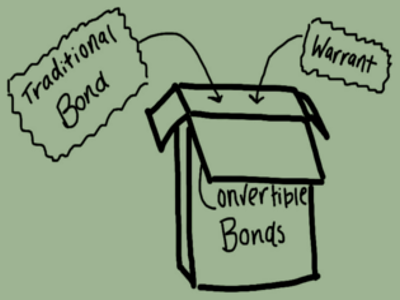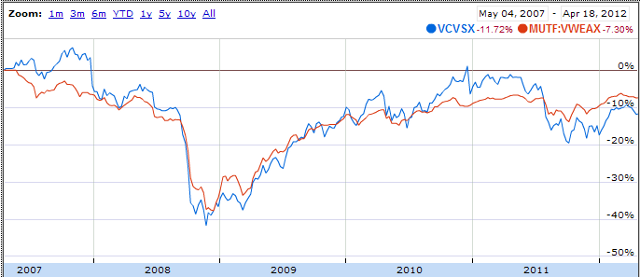Our Investment Policy Committee regularly searches for strategies to make our portfolios more robust, but most alternative investments only add complexity. Generally speaking, financial complexity is a curtain behind which the finance industry can extract its fee. When the curtain is pulled back, convertible bonds fail to add value for four specific reasons.
Convertible bonds are interest-bearing corporate bonds that have an option to exchange the bond for shares of company stock. When the price rises above a set conversion price, bondholders can elect to become stockholders. This conversion feature glitters with opportunity for those who feel mired by fixed-income interest rates near historic lows. The upside potential for a convertible bond holder is only capped by the maximum stock price that a company can demand. Here are the four reasons why convertible bonds are flawed:
1. Many investors in convertible securities do not realize they are buying a company in distress. Convertible issues have historically been offered by companies that are not able to access reasonable rates in the traditional bond markets. When you buy convertible securities, you are buying an investment that will track very closely to a portfolio of junk bonds, as you can see in the accompanying chart.
The blue line is Vanguard’s Convertible Securities Fund (VCVSX); the red line is Vanguard’s High Yield (aka junk bonds) Fund (VWEAX).
The first problem with investing in bond instruments of these distressed companies is their correlation to stocks. Kiss your rebalancing bonus good-bye. Convertibles get whacked right along with equities during a market crisis at the very moment you seek support from your fixed-income investments. Notice in the chart that when the markets were crashing at the onset of the Great Recession in 2008, these funds offered no relief.
2. The largest buyers of convertible bonds are hedge funds that focus on arbitrage. By buying large quantities of the hybrid bond and shorting the stock, these (often leveraged) funds aim to earn the bond interest yield with little capital risk. For a while convertible arbitrage sounded risk free until the 2008 credit crisis hit and these positions became illiquid and costly to unwind and eventually crushed many hedge funds. Illiquid securities have higher bid-ask spreads, which means you pay a hefty price to unload when buyers are in short supply.
Another way to state this flaw in convertible bonds is that costs matter. Some costs show up in fund expense ratios, and others are hidden between the price spread of what one investor is willing to pay and another who is willing to sell for the same position.
3. Hedge funds aren’t the only institutional buyer of convertible bonds. Many insurance companies have rigid investment policies that exclude equities from their sanctioned investments. Convertibles offer a backdoor method to juice investment performance for those who are handcuffed. These same companies often buy large quantities of convertibles that qualify as fixed income but have the risk and reward characteristics more closely resembling a stock. All other investors should be aware of the economic effect of this supply of buyers on convertible bond prices that reduces expected returns.
4. Lastly, adding convertible bonds to a portfolio makes asset allocation and rebalancing nearly impossible. Depending on the market price relative to conversion price, convertible bonds will bounce between acting more like an equity or more like a bond. Maintaining agreed on asset allocations becomes even more opaque when dealing with a fund of many convertible bonds. Investors should keep it simple and avoid convertible bonds.
We prefer to keep the stock and bond components of our portfolios separate. Our bond portfolio is designed to preserve value during times of market stress. Our stock portfolio is designed to capture the full upside potential of market growth. Balancing the allocations between these two categories during the ups and downs of Mr. Market is what drives investment returns.

